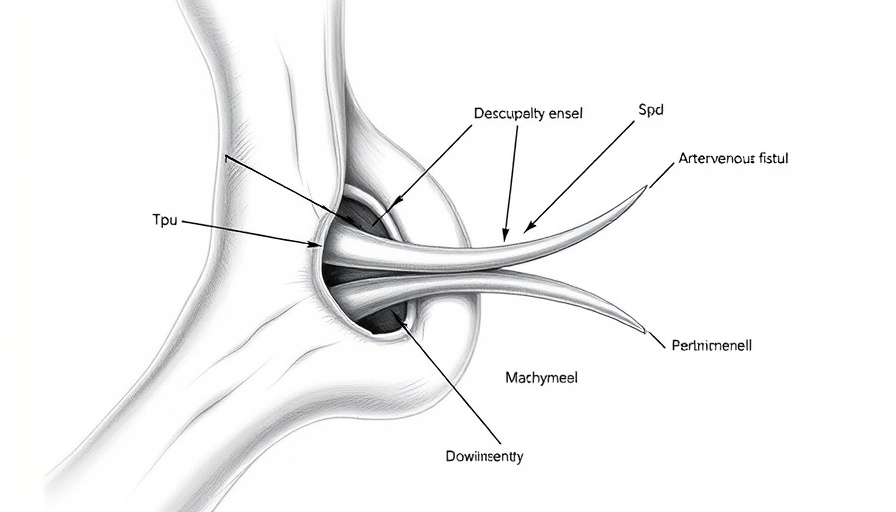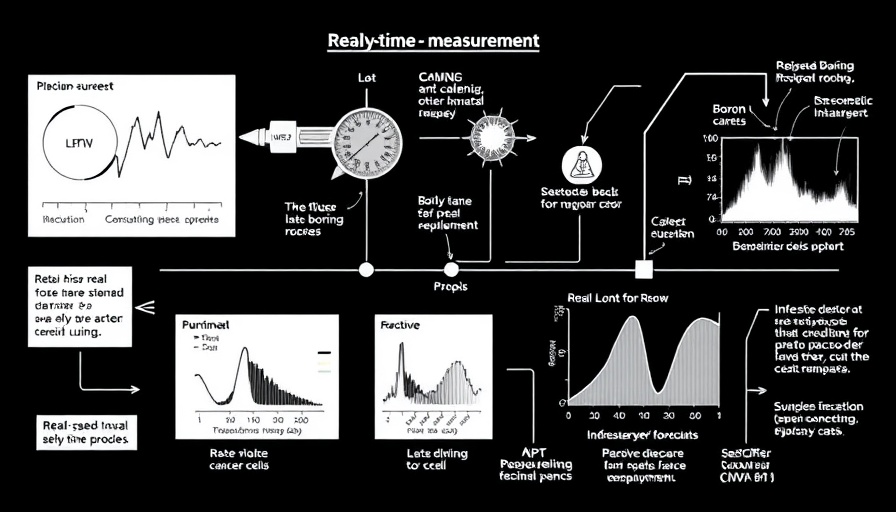
Introducing the Virtual Cell Lab: A New Frontier in Biomedical Research
In a groundbreaking development in biomedical research, scientists are working to create a 'virtual cell lab' that could revolutionize how we study live cells. Led by a collaborative team from Indiana University, Johns Hopkins Medicine, the University of Maryland School of Medicine, and Oregon Health & Science University, this initiative uses mathematical modeling to simulate human and animal cell behaviors.
The Science Behind the Virtual Lab
The virtual cell lab is built on advanced mathematical analyses that track how cells interact within various bodily environments. By mimicking these cellular dynamics through a computer program, researchers aim to predict biological processes and drug responses without the need for costly and time-consuming laboratory experiments involving live cells.
Genevieve Stein-O'Brien, a leading professor at Johns Hopkins, describes the software's potential as a 'digital twin.' This digital counterpart could be invaluable for trials, enabling scientists to simulate and study complex interactions such as how cancer cells respond to different treatments or how genetic influences affect brain development.
Pioneering Tools for Accessibility in Cell Research
The software, known as PhysiCell, is designed not only to conduct sophisticated simulations but also to make this technology accessible to biologists who may not be well-versed in programming. Paul Macklin, the architect of PhysiCell, emphasizes that traditional computer modeling demands extensive mathematical and coding knowledge. In contrast, PhysiCell employs a user-friendly grammar that eases the technical burden, allowing researchers to focus on their biological expertise rather than coding intricacies.
Applications and Future Potential
The implications of the virtual cell lab extend far beyond cancer research. With this innovative tool, scientists can observe the development of brain cells and understand how they establish circuits essential for cognitive functions. This promises significant advancements in neurology and potential treatments for neurological disorders.
As research progresses, expectations for the virtual cell lab will undoubtedly grow. The ability to simulate various biological scenarios opens many doors for understanding diseases and therapies better, ultimately leading to improved drug development and patient outcomes.
Conclusion: Embracing the Future of Biomedical Research
The advent of a virtual cell lab marks a bold step into the future of biomedical research, bridging gaps between complex cellular behaviors and practical applications in medicine. This approach could not only enhance our understanding of diseases but also accelerate the pace at which new therapies are developed. With further advancements anticipated in this technology, the promise of more effective treatments and a deeper understanding of our biology is within reach.
 Add Row
Add Row  Add
Add 




Write A Comment